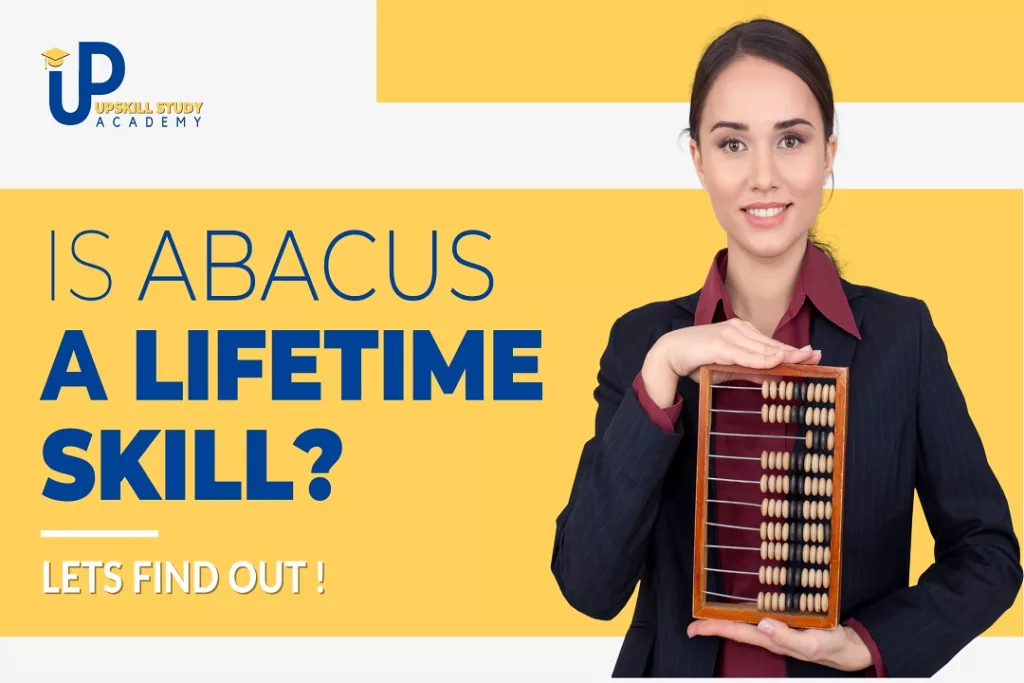My introduction to Abacus was during my childhood when I used to visit our family friends from China, where their children used to play with this unique toy with colourful beeds. Their father, the old uncle, would show off his mathematical skills for large calculations by using it. In those days calculators were rare, if available, and were all imported and expensive. We Indians would do the math in our heads. When shown interest to learn, I was told it is called an Abacus, an ancient Chinese way of doing the calculation, and it is best left to them, while I continue with our traditional ways of learning.
Fast forward, 40 years I am glad to see that Abacus is taken off in the Indian parallel education system in a big way, helping children to master mathematical concepts in a fun way. In my travels to Southeast Asia, I have seen these in use in countries like Vietnam, Thailand, and Singapore by common people like street vendors and in offices. In these countries and many across the world abacus is introduced to children at a very young age around 5-6 years. It is used to teach basic arithmetic calculations. They are used as an advanced form of learning math in both primary and secondary classes. It has proven to be one of the most effective methods for young learners to learn maths.
Now the question arises, how has this ancient tool gained so much popularity and is helping modern children who are increasingly surrounded by technology, where calculations are done mentally are on a decline? The brain is divided into two sides: the left and the right. The left side of the brain focuses on logical processing, mathematical functions, sequencing, and linear processes. The left side of the brain is trained first when children are traditionally taught math. The right side of the brain is responsible for imagination, visualization, intuition, and rhythm. In the current early education system, we are training our children to use more of the left side of the brain for analyzing information and rote learning. The practice of continuous repetition of learning, practice, testing, and repeating is all done using the left. While the right side is used for rational thinking, and creativity and is responsible for cognitive development. This overload of facts results in an imbalance of intuition and imagination, not allowing the child’s brain to develop in a balanced way. This leads to many important concepts remaining ununderstood.
The intangible nature of numbers is hard to understand for a child. Most children are taught rote learning of mathematical tables at an early age. As a result, children find calculations very confusing and difficult to grasp. The abacus shows children how to visualize the learning process. It does this by using simple concepts such as arithmetic, which is the basis of mathematics and further subjects of science. When children are taught on the abacus, the focus is on training the right side of their brain. The abacus targets the need for visualization, imagination, and intuition. The use of fingers, hands, and eyes in learning the techniques besides the mental use is proving to be extremely helpful for children who find it easy to learn using visual techniques. It is believed, now backed by scientific evidence too, that finger movements activate the brain neuron sensors. The activity in the hands helps them coordinate the brain’s left and right sides. This brings several benefits to the brain. Using Abacus requires coordination among the main senses of the human body such as sight, sound, and touch. This induces the growth of brain cells. Intuition and imagination are essential for helping the students understand literary analysis, learn new languages, master geometry, calculus, and other high levels of mathematics, and much more. Abacus students have a well-developed and well-engaged right side of the brain, so the left side of their brain is much more open to taking in new ideas, retaining short-term memory, and collaborating with the right side to solve logical problems, both inside and outside of the classroom.
The discovery of the Abacus has also made it easy for visually impaired people and autistic children to learn mathematics. There is an Abacus specifically designed for them. Abacus has also found used in military manoeuvres. In strict field environments, the basic abacus has been commonly used by infantry soldiers among the world’s armed forces, even up to the present day.
Though an ancient tool, Abacus is here to stay and still has a long way to go. An early introduction to Abacus training will help children step ahead of the competition and to better understand the concepts of numbers, mathematical calculation, and analytic reasoning at an early age. This instills a sense of confidence in children and will give them an edge over others. We are just scratching the surface when it comes to finding uses for this tool. What was an intuition, is now backed up by science and research. Learning of abacus should be introduced in the mainstream educational system to develop it as a lifetime skill for a child.

